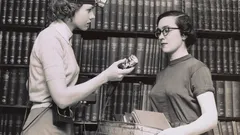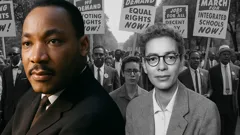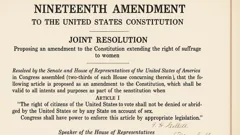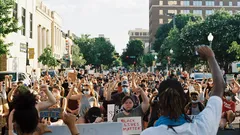1056
0
4 minutes
Suggested Articles

First-generation Ivy Leaguers triumph over unique college challenges
Discover key insights, life hacks, and data-driven tips for first-generation college students thriving in prestigious U.S. universities. Find practical strategies, unique challenges, and fresh perspectives essential for student success.

Remarkable Insights Into the American Civil Rights Movement
Civic Education

How the 19th Amendment Transformed Women's Voting Rights
Civic Education

League of Women Voters: Shaping Democracy for Over a Century
Civic Education

How the WNBA Transformed Women’s Basketball and Inspired a Movement
Civic Education

Community leaders ignite change and strengthen immigrant rights across America
Volunteer

Voter and Civic Education: The Cornerstones of True Democracy
Civic Education

Young voters ignite a powerful wave of change at the polls
Civic Education

How Education Became the Sharpest Fault Line in American Politics
News & Updates

US Birthright Citizenship Debate: What Changes Could Mean for Millions
News & Updates

Activists ignite powerful change as protest songs fuel unity and action
Civic Education

First-generation Ivy Leaguers triumph over unique college challenges
Hiring

Americans brace for possible Social Security cuts that reshape retirement
News & Updates

Why this Florida data leak changes how we think about privacy
News & Updates

Build your own AI chatbot and unlock hands-on tech superpowers
Resources & Tools

How to outsmart hidden medical expenses in your golden years
Civic Education

California workers secure jobs this summer with new 2025 laws
Hiring
 Love Women Vibes
Love Women Vibes

Comments